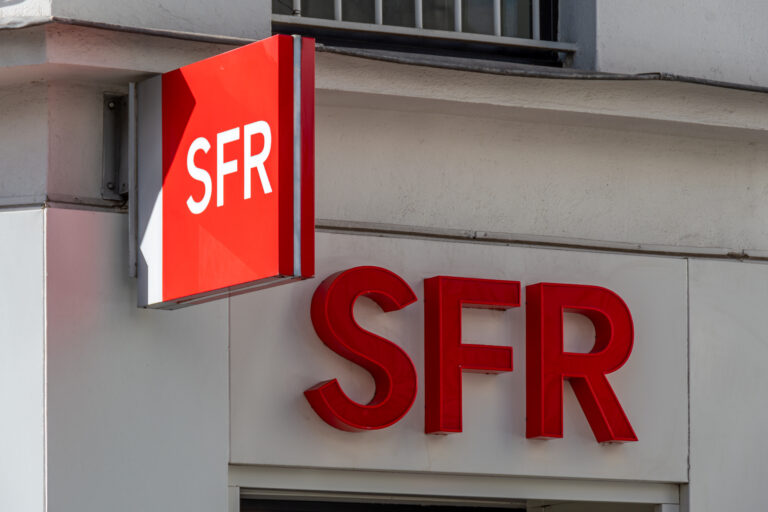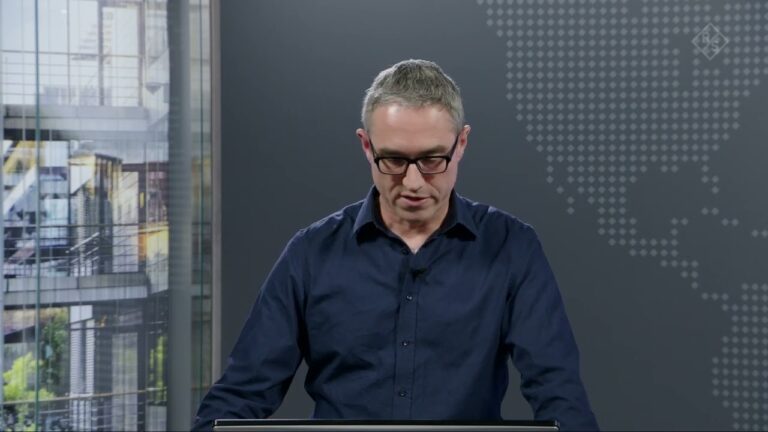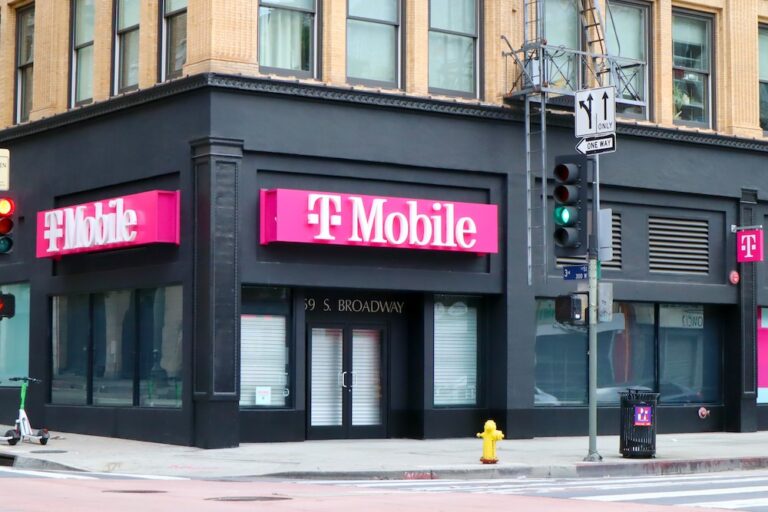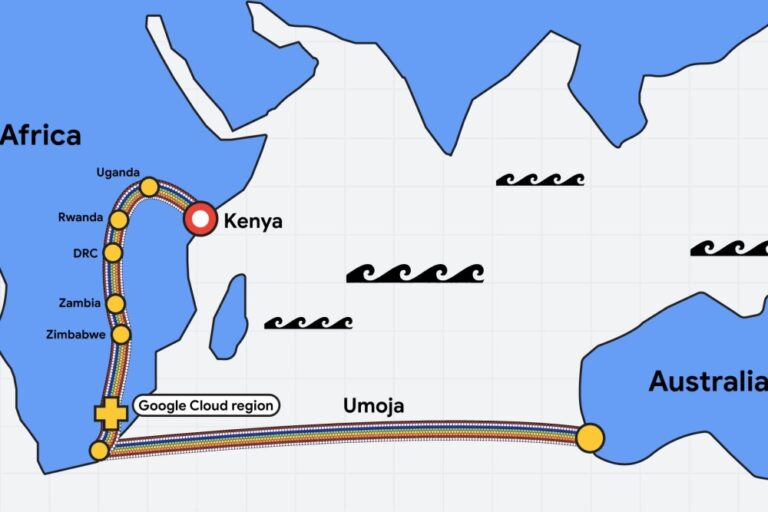Deal includes wireless operations and almost one-third of its spectrum assets across several frequency bands
T-Mobile US has agreed to acquire the bulk of regional mobile operator UScellular in a $4.4bn deal that will see it gaining the wireless operations and around 30% of the much-prized spectrum assets across several frequency bands. The purchase price of $4.4 billion, includes a combination of cash and up to approximately $2 billion of assumed debt. The transaction is expected to close in mid-2025.
UScellular will retain its nearly 4,400 owned towers, its equity method investments, and approximately 70% of spectrum assets. As part of the deal, T-Mobile has entered into a new master licence agreement (MLA) and be a long-term tenant on at least 2,600 of UScellular’s towers.
T-Mobile gains access to 4.5 million retail customers in 21 states. The Chicago-based UScellular had 4,300 full- and part-time associates as of 31 March 2024. At the end of the first quarter of 2024, Telephone and Data Systems owned approximately 83 percent of UScellular. According to the two companies T-Mobile will use its greater resources to deliver benefits including “lower prices, more robust plans, superior network experiences, and more added benefits”.
T-Mobile customers will also get access to UScellular’s network in areas that previously had limited coverage and the benefit of enhanced performance throughout UScellular’s footprint from the addition of the acquired UScellular spectrum to T-Mobile’s network.
UScellular customers will have the option to stay on their current plans or move to an unlimited T-Mobile plan of their choosing with no switching costs, which include “Un-carrier” benefits such as streaming and free international data roaming. Some will also have access to plans with increased savings previously not available to them, including T-Mobile’s 5G Unlimited 55+ plans.
Strategic review
The agreement follows a “thorough strategic review process” announced in August 2023 and has been unanimously recommended by the independent directors of UScellular, and approved by its board.
“This deal will create opportunity for T-Mobile to bring millions of UScellular customers lower prices and the Un-carrier’s superior value on our best-in-class nationwide 5G network, offering much needed choice and more real competition across the wireless industry,” said T-Mobile CEO Mike Sievert. “Bringing together UScellular’s network resources with ours will enable us to fill gaps in connectivity that will create a better experience for all of our customers with more coverage and more capacity. And this is just some of the goodness this deal will bring.”
“The decisions we announced today are in the best interests of our customers and our shareholders. T-Mobile is the right partner for our wireless operations and will ensure that customers have access to best-in-class wireless speeds and performance, including 5G and a nationwide network, at compelling prices,” said UScellular CEO Laurent Therivel. “We are committed to serving the needs of our customers and supporting our associates as we work to complete the transaction.”
Tower continuity
In connection with the agreement, T-Mobile will enter into a new long-term MLA on a minimum of 2,015 incremental towers owned by UScellular and extend the lease term for the approximately 600 towers where T-Mobile is already a tenant. This will ensure continued, uninterrupted service for UScellular customers following the transaction and create a long-term contracted revenue stream from a strong anchor tenant for at least 15 years after the close of the transaction.
With the inclusion of the towers occupied by other existing third-party tenants, UScellular said its tower assets will represent one of “the largest and most attractive tower businesses in the United States”.
UScellular retains about 70% of its spectrum portfolio across several spectrum bands and will seek to monetise them. The operator also keeps substantial “equity method investment interests”, primarily from its wireless partnerships, which generated $158 million of equity method income and $150 million in distributions in 2023.
Jesús Romo, Americas Research Director, Telecoms Market Data & Intelligence at GlobalData, commented in a statement: “An important aspect of this announcement is what UScellular intends to keep in terms of assets. The company will retain 70% of its spectrum portfolio – a trove of assets that is most likely to be negotiated in the spectrum secondary market. UScellular aims to keep strategic mid-band frequencies, including licenses from the 3.45 GHz and C-Band, as well as mmWave capacity that could receive interest from FWA operators, a market now projected to exceed 20 million accesses by 2028, according to GlobalData’s estimates.”
He added, “UScellular is also keeping its wireless towers and retaining T-Mobile as the main tenant for 15 years in over 2,600 sites, making UScellular a more prominent ‘towerco’ player in the US, a strategic sector to allow 5G network and densification across the country.”
Other transaction details
T-Mobile expects to finance the transaction with existing cash on hand, and the consummation of the transaction is not subject to any financing contingencies. In connection with the transaction, T-Mobile expects to conduct an exchange offer under which holders of certain UScellular debt with a face value of approximately $2 billion will be offered the opportunity to participate in an exchange offer of their UScellular debt for T-Mobile debt.
T-Mobile does not expect the transaction to impact the company’s 2024 guidance or 2024 authorised shareholder return program. The operator said it expects this transaction will yield approximately $1 billion in effective total opex and capex annual run rate cost synergies upon integration, with total cost to achieve the integration currently estimated at between $2.2 billion to $2.6 billion.
The amount of any debt exchanged will serve to reduce the cash payable to UScellular. Up to $100 million of the cash purchase price is contingent on achieving certain financial and operational metrics between signing and closing. The purchase price is also subject to other potential adjustments, as specified in the purchase agreement.
Regulatory hurdles
The transaction is expected to close in mid-2025, subject to the receipt of regulatory approvals and the satisfaction of customary closing conditions. Given that it took T-Mobile 13 months to complete the Mint Mobile acquisition – which involved no spectrum assets or infrastructure – the regulators are going to be scrutinising this one very closely.
Needless to say, T-Mobile is extolling the competivie advantages of the deal from the outset. “This transaction will create a much-needed choice for wireless in areas with expensive and limited plans from AT&T and Verizon, and for those that have been limited to one or no options for home broadband connectivity,” the operator said in a statement.
“By tapping into the additional capacity and coverage created through the combined spectrum and wireless assets, T-Mobile will spur competition and expand its fast-growing home broadband offering and fixed wireless products to communities without competitive broadband options.”












